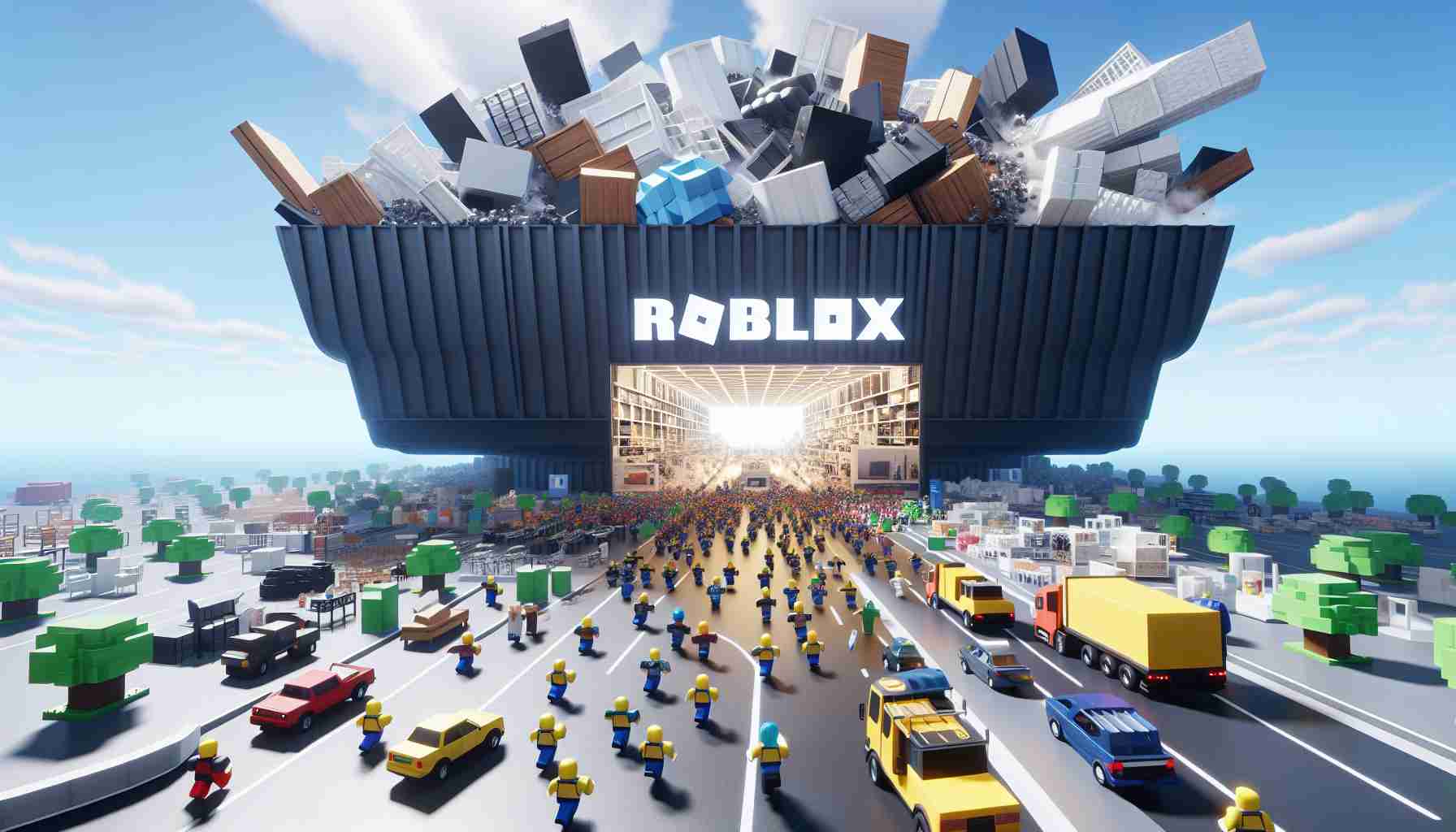IKEA expands its digital footprint by stepping into the interactive world of Roblox with the launch of “The Co-Worker Game,” marking the furniture brand’s admission into the realm of virtual gaming. This innovative move allows young users to discover the company’s unique culture and career opportunities while engaging with the brand in a brightly colored, digital IKEA storefront.
The move is particularly strategic as Roblox is not just a gaming destination, but a hub for creative experiences, boasting over 17.7 million daily active users. With a focus on “experience” rather than “gameplay”, Roblox fosters an environment where players can dive into virtual worlds, tending not only to competitive pursuits but also to creative and social endeavors. This paradigm aligns perfectly with IKEA’s aspiration to attract younger demographics, introducing them to the brand’s ethos without directly nudging them toward immediate purchases.
Integrating careers into gaming, IKEA offers an immersive journey through its distinctive work culture in the virtual environment. The experience embraces IKEA’s narrative of non-linear career trajectories and interdepartmental mobility, highlighting their forward-thinking approach to professional development.
While blockchain technology has yet to be included in this liaison, its potential is acknowledged by businesses on the lookout for secure asset transfer, proof of ownership, and cross-world identity management. Not only could blockchain integration entice tech-savvy consumers through NFTs and cryptocurrency transactions, but it could also revolutionize user interaction within virtual spaces.
Nevertheless, IKEA remains true to its roots, retaining its hallmark Scandinavian charm and reputation for innovation. With a history of adapting and thriving beyond controversies, the company is no stranger to exploring uncharted territories. The collaboration with Roblox may serve as a prototype for future intersections of retail, gaming, and career development in virtual worlds. As for blockchain’s role in this synthesis, only time will confer whether it will become indispensable for the maturation of such digital ventures.
The article focuses on the expansion of IKEA into the virtual world of Rob & #8203;lox through “The Co-Worker Game”. Here are additional relevant facts and responses to important questions and challenges associated with IKEA’s venture into Roblox’s virtual world:
Relevant Facts:
– Roblox’s demographic largely consists of a younger audience, which aligns with IKEA’s attempt to reach out to the next generation of customers and workers.
– Roblox offers user-generated content and game creation, allowing players to build their own experiences, which could synergize with IKEA’s emphasis on creativity and design.
– IKEA is known for its sustainability efforts, such as using renewable materials and aiming for zero emissions, which can appeal to environmentally conscious gamers.
Important Questions:
1. How will IKEA ensure brand consistency in the virtual environment?
2. What kind of user engagement and feedback can IKEa expect from their virtual store?
3. How will IKEA measure the success of its venture into Roblox’s virtual world?
Answers:
1. IKEA can maintain brand consistency by incorporating their design philosophy and visual aesthetics into their virtual interfaces and activities within Roblox.
2. User engagement can be tracked through game participation metrics, user ratings, and feedback within the Roblox community.
3. Success can be measured via engagement rates, brand awareness among Roblox users, influence on real-world sales, and the recruitment of potential employees.
Key Challenges/Controversies:
– Preserving the in-person shopping experience and value of physical IKEA products within a non-physical, digital platform.
– Addressing security concerns for younger users, including privacy and exposure to in-game purchases.
Advantages and Disadvantages:
Advantages:
– Access to a younger demographic for brand exposure and potential workforce.
– Innovative brand positioning by leveraging emerging digital platforms.
– Opportunity to blend entertainment with education and career development.
Disadvantages:
– Potential dilution of brand experience due to differences between virtual and physical interactions.
– Risk of creating a disconnection between virtual promotions and the core business of furniture selling.
– Investment in a platform where monetization strategies are not yet well-defined.
For additional reading on IKEA’s sustainability and innovation, you can visit their official website using the following format:
IKEA Official Website.
With growing interest in virtual environments for marketing, education, and recruitment, IKEA’s venture could serve as a valuable case study for other retailers considering similar digital expansions. However, it remains to be seen how such a digital strategy will influence consumer behavior and company practices in the long term.



